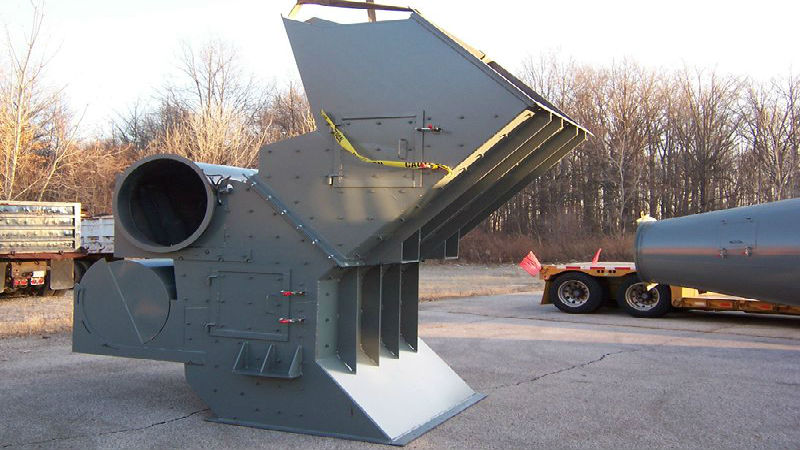Metal machining is a high tech and sometimes intricate process which can turn common metals into all kinds of parts, materials and useful equipment. Thanks to computer and laser technology, it’s possible to make cuts to .005 of an inch, create complex shapes, drill, grind, lathe and some machines can take care of several operations all in one step. However, today’s modern processes have their roots in humble beginnings and let’s take a look back into the “not so distance past” to see just how much this technology has advanced in only about two centuries.
Industrial Revolution
In the early 18th Century, mechanization was in its infancy, but it didn’t take long for major developments after the steam engine emerged onto the scene. This provided a way for faster and more efficient transportation. Steam could now be used to power machinery and things would never be the same. Still, for quite some time, a “machinist” was simply a man who repaired or built machinery and machining was all done manually.
The Dawn of the Machine Age
Around 1880, a second Industrial Revolution was underway. After the Civil War, large oil and steel corporations developed rapidly and there was a better grade of metals to work with along with more sophisticated equipment for metal machining. Instead of working by hand, man now had the ability to grind, bore, turn and shape a wide range of materials.
WWII
World War II was a time of rapid advancement in the field of technology and atomic power, computers, electronics and ultrasound greatly influenced the process of working with metals. Power machinery greatly sped up and enhanced milling, boring and other machining operations. Plus, CNC or computer numeric control would change the entire process and provide rapid advances in technology.
Metal Machining and Computers
Computer controlled machining began with numeric control. This process worked like a music box with punching or holes in tape providing the instructions for axis movement of equipment. Numerically controlled machining began a few years after the Second World War. In 1949 a man named Parsons developed an experimental numeric control system in Pennsylvania. It incorporated 3 special transmissions to control the axes for milling procedures.
Within 4 years time, a prototype for computer numeric control was developed in North Carolina. It used special tape with a reader and an electronically controlled system called the Flexowriter.
Today’s metal machining can be manual or completely controlled by advanced computer technology, which not only simplifies the process, but makes it extremely accurate. The possibilities for the future are virtually unlimited.








